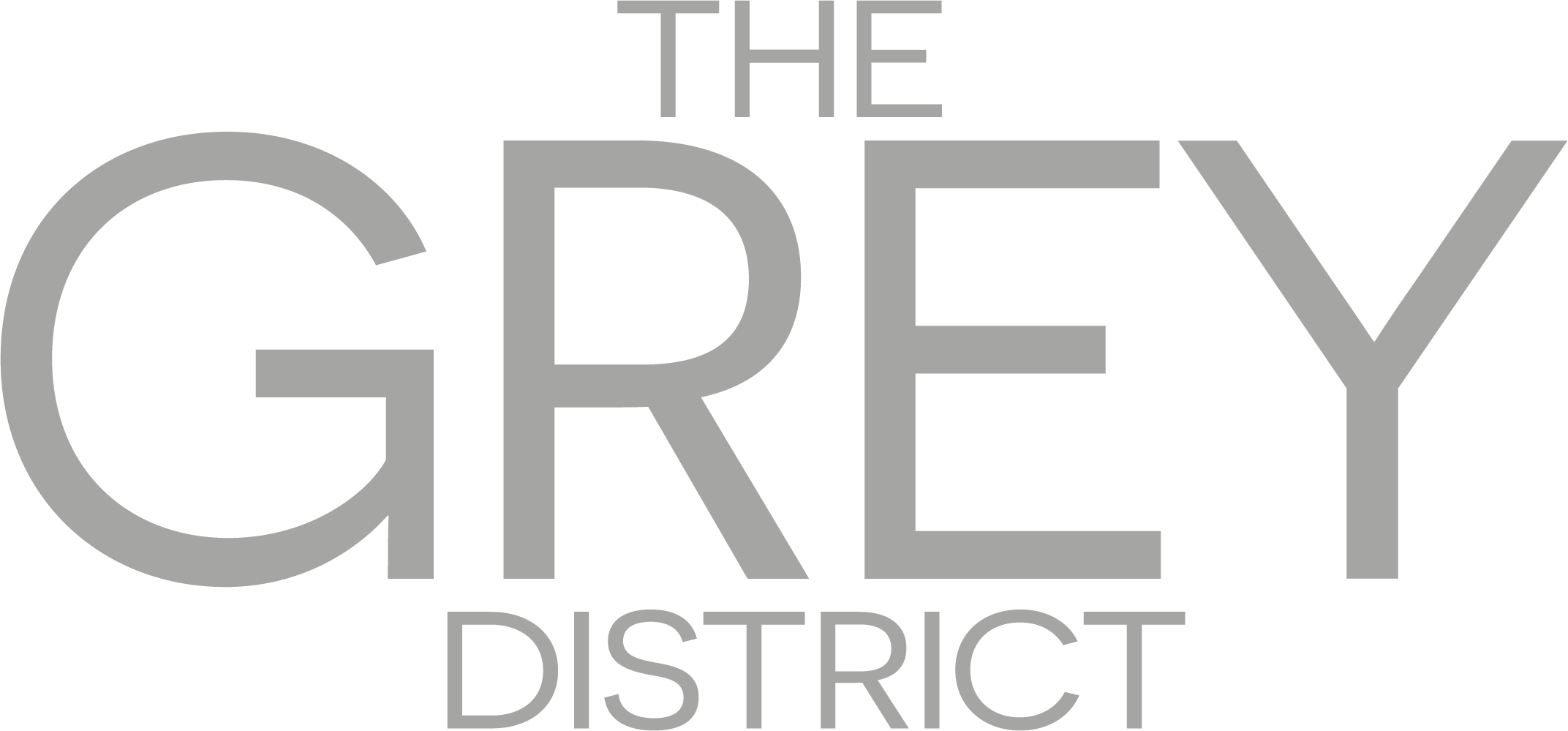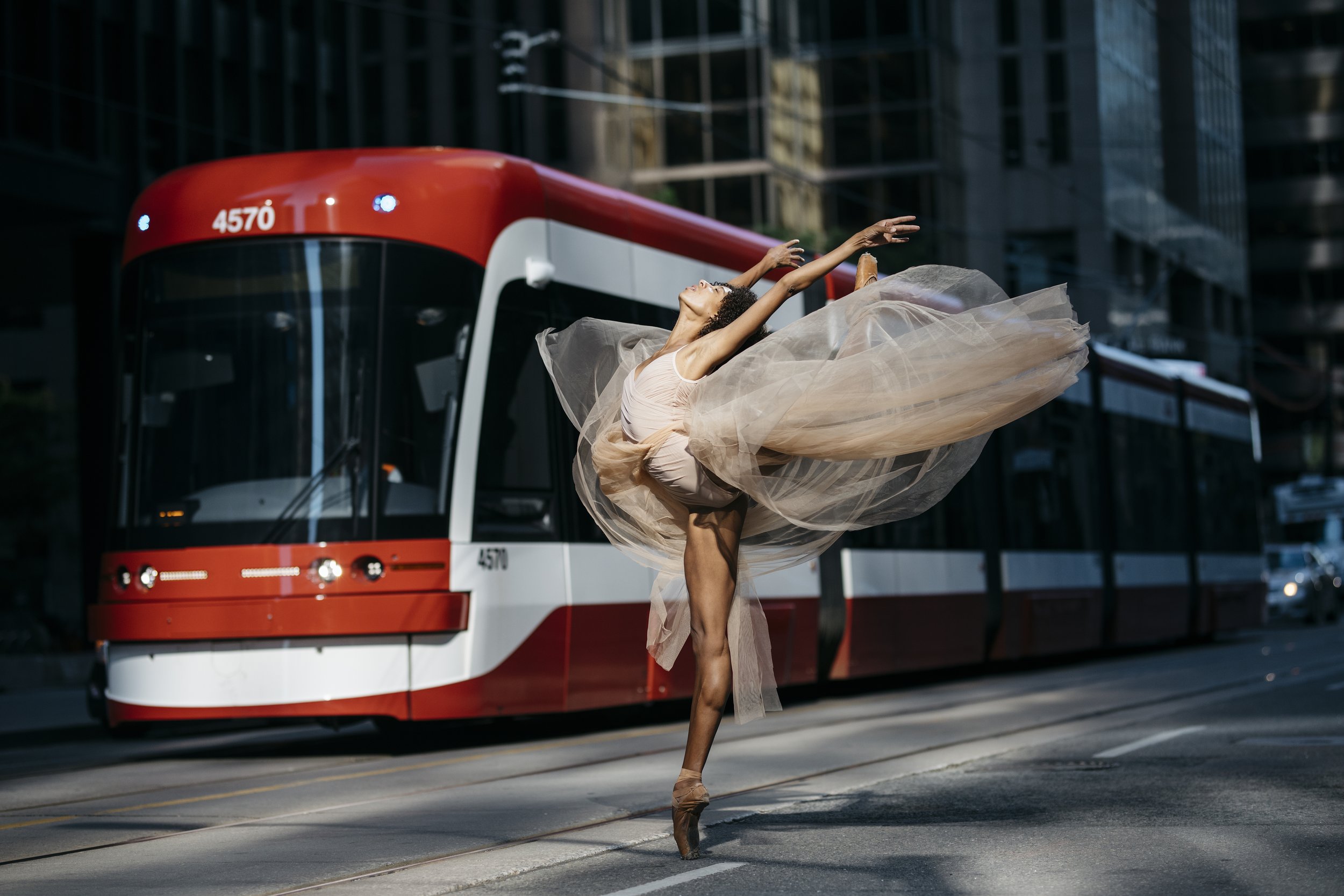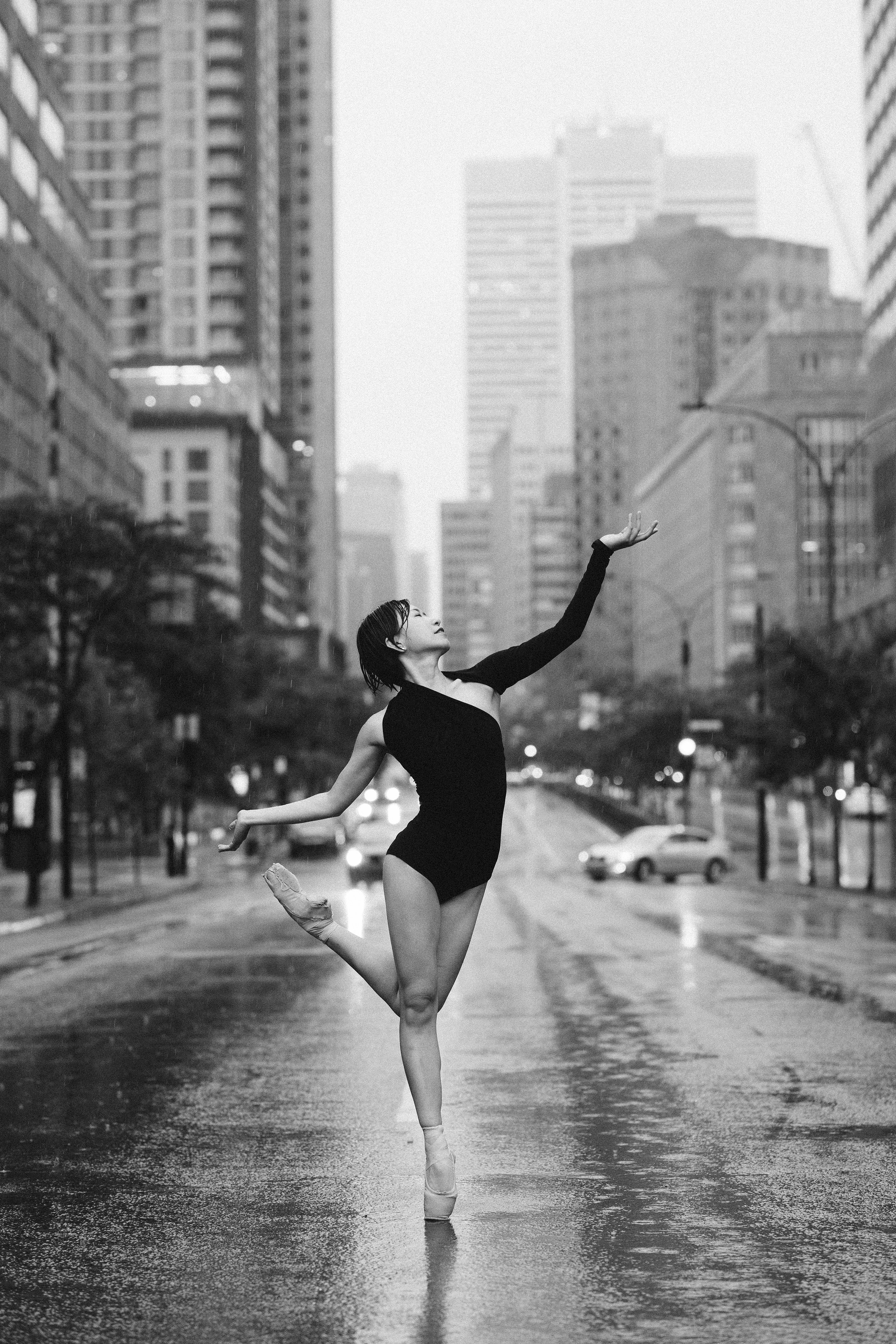Melika Dez
Dance Photographer Melika Dez shares the unique skills needed to capture movement, her favorite locations across the globe, and the unknown strength of Dancers.
How did you get your start in photography?
Photography started with a major hiccup for me. Initially, I was supposed to go to university for filmmaking. I was working with another filmmaker on my project for submission, and the other filmmaker stole the project and applied to the same college. She got in, and I did not.
I asked the admission administrator for the most efficient route to apply again. They informed me that most of their students come from photography programs, which would be my best bet to try again. So, I went back to school for photography as something transitional that would help me prepare for film school, but after the first year [of a three-year program], I decided to stick with photography.
What motivated you to specialize in dance photography?
I'm a former dancer. I danced jazz styles and ballet professionally. While I was in photography school, I was into street dancing. I entered a street battle here in Montreal that was judged by some of the founders of the hip-hop movement. The O.Gs took notice of me and invited me to New York to meet other members of the [hip-hop] community. While there, I expressed my interest in trying my hand at shooting dancers. I got my first dance photography gig on that trip. The rest is history.
While shooting at a Ladies of Hip Hop event in New York, I noticed Candy Tong, an amazing ballerina I was following on Instagram at the time, was in attendance. I decided to "shoot my shot" and expressed interest in working with her. She was down with my vision, and we made it happen. After posting our work on her page, dancers from Alvin Ailey and Complexions contacted me for shoots. That's how I began shooting ballet photography in the States.
How do you compare capturing images of individuals in movement vs. still persons or objects?
Shooting a portrait is more personal, and it's important for the person you are shooting to be comfortable. I have specific techniques I use to get my clients to relax. For example, I was shooting a series with some Canadian football players, and they would tense up when they noticed my camera on my lap. I would start with having a casual conversation, and once I saw their shoulders drop a little bit, I would begin shooting.
Dance photography is very in the moment. It's capturing that fraction of a second where everything combines into a beautiful moment, the dancer, what they are wearing, the setting of the location, and all those elements that create that one magical photo. Some of my best work has been what I like to call beautiful mistakes. One of my favorite photos is a shoot I did during the lockdown with two dancers kissing under a plastic tarp. During one of the takes, the male dancer tripped, and as he was falling, his hand got positioned at a unique angle that just worked. That shot became the final image.
There are a lot of beautiful mistakes in my work [laughs].
Okay, so two questions: Do you have a favorite location to shoot? Also, where is your ideal place to shoot if you have the opportunity?
A favorite location is a tricky question for me. Every location I have shot in holds a special place in my heart. New York is by far my favorite place to shoot. It's the city that started my career, so my heart will always be there. Paris is special because it's such an old and beautiful city. Naples is the perfect blend of a historical city layered with modern art. It all collides in a very beautiful way. Havana is a place that is uniquely stuck in time. There's something very particular about that place, and the dancers there are incredible.
A dream of mine is to shoot in Japan during the country’s annual Cherry Blossom Festival. I envision a beautifully romantic picture of the ballerina amidst all the flowers falling over her. That would be one of my dream captures.
How would you describe your photography style in three words?
Spontaneity. Fashion. Grace.
What are some of the unique challenges that you face with working with dancers and photographing movement?
A phrase that another dance photographer said to me that I now use is, "If you see the photo happen through your camera, you've already missed it."
Timing and technique are two challenges you will have in shooting dance photography. You need to have a general knowledge of dance to get a good photo. If you have a dance background, it's easier to know when the movement is correct. Awareness of different dance techniques is essential because ballet has a specific technique, and jazz has its own. The timing is different with street dancers, and their technique is different as well.
What do you want people to know about dancers that may not typically know?
It's a very tough profession. Dancers are hard on their bodies. They use their bodies day in and day out, yet they can present themselves in such a beautiful and delicate state. It's "the art of faking it" or pretending that the work doesn't hurt. We only see the best of what they can present. They're dressed beautifully, and they serve these beautiful moments. That's the contradiction of the ballet industry. It's very tough on [the dancers], but they present themselves effortlessly in front of you. I find that incredible.
For more information on Melika, please visit melikadez.com and follow on social media @melika.dez








